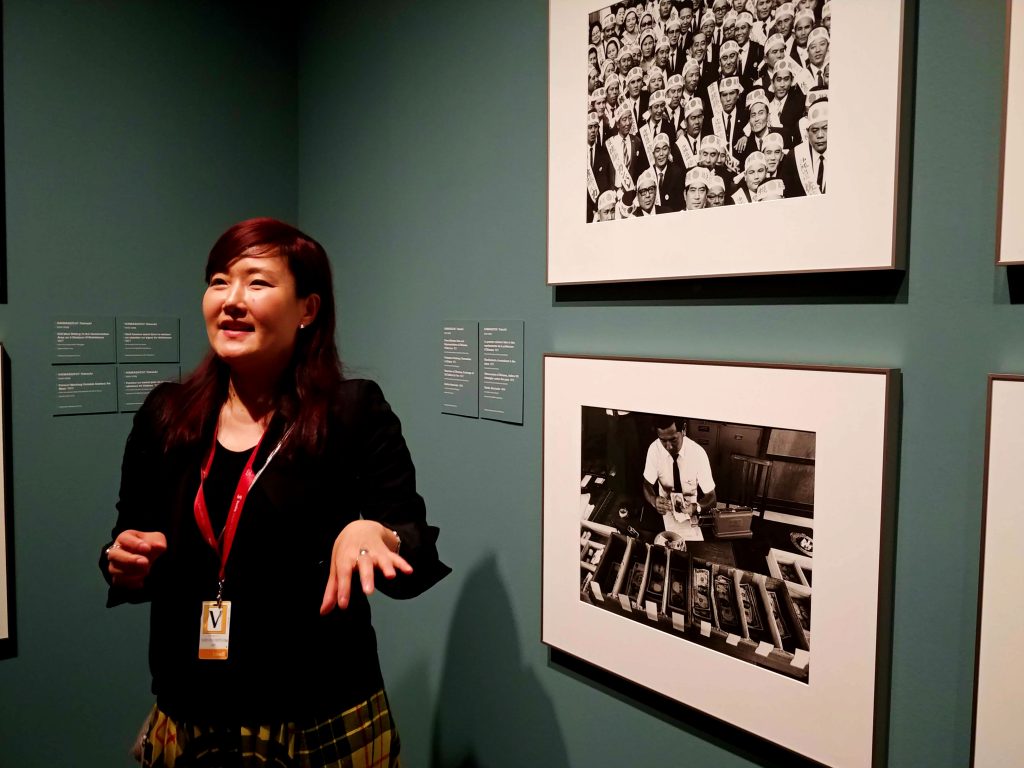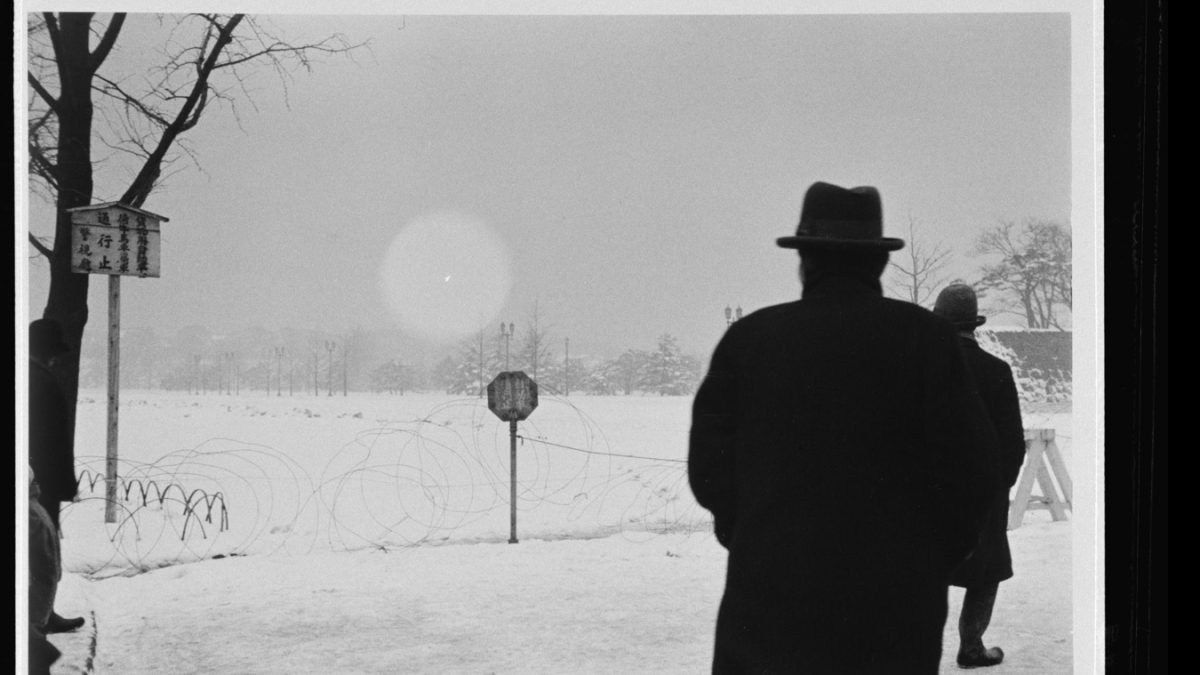The National Gallery of Canada has opened an exhibit of 20th-century photography from Japan that captures a transformative period in the country’s history.
The exhibit, “Hanran: 20th Century Japanese Photography,” is on loan from the Yokohama Museum of Art. The collection, which is being shown outside of Japan for the first time, features photographs taken between 1926 and 1989.
“This word (hanran) encapsulates the great socio-political upheavals in 20th century Japan, which are captured here through the lenses of 28 photographers. Their works reflect on the social and political transformations which took place in Japan during the Shōwa period between 1926 and 1989,” said Japanese Ambassador Ishikane Kimihiro, who spoke at the opening last month.
Hanran means deluge or flood in Japanese.
“We use the term to suggest a hanran of the images, which is an overflowing or explosion of the images,” said exhibition curator Eriko Kimura, who has been working on the exhibit for more than three years.

Curator Eriko Kimura of the Yokohama Museum of Art has spent three years working on the exhibition.
The photographs – most of which are black and white – include the Second World War and the country’s postwar industrialization.
None show Second World War battlefields, as Japanese photographers were not allowed to travel to the front. Instead, the rapid changes happening in Japan were recorded on the homefront.
Kimura highlighted the “imagery control” exercised by Japan’s wartime dictatorship and subsequently by American occupied forces.
“The Japanese government totally controlled the published images of the war period,” she said. “The same thing happened after the war, because Japan was occupied by the United States form 1945 until 1952.”
Many of the photographs on display were not published until many years after they had been taken.
One such image is “In front of the Imperial Palace (the Day after the February 26 Incident),” by Kineo Kuwabara. The Incident was an attempted coup by a faction of the military in 1936. They assassinated several leading officials but failed to secure control of the Imperial Palace.
Following the attempt, martial law was declared. Kuwabara secretly shot his photo, unknown by the guard standing nearby. The image was not published until 1985.
Kuwabara’s photo is one of countless images that were blocked from being published during the era when they were taken because of strict control by Japanese and later American authorities.
The Hanran collection took more than a year to prepare, and was first displayed in the Yokohama museum in January 2017. The collection then toured within Japan exclusively, until this year.
While at the Yokohama museum, the exhibit was called “Portrait of Shōwa”, after the name of the period during which the photographs were shot. However, “Shōwa” sounds like a Hebrew word for the Holocaust, so the name was changed to “Hanran” to avoid confusion in North America.
The original collection has more than 300 photographs, but it was narrowed to just more than 200 for display in the NGC’s Canadian Photography Institute’s gallery.
Kimura said she is happy to be working with the institute.
The partnership between the NGC and the Yokohama museum began at an international conference of museum exhibition organizers held last year in Ottawa. The Japanese curators made a presentation on the Hanran exhibit in an effort to find collaborators.
NGC interim chief curator Ann Thomas, who attended the conference, saw the presentation and decided to work with the Yokohama museum.
“We have a collection — I wouldn’t say anything in this depth or comprehensiveness — but the National Gallery has collected Japanese 20th-century photography,” said Thomas. “So this just seemed to me to be a good fit for our program, because we have the mandate to collect and exhibit nationally and internationally.”
Thomas said she hopes the exhibit will lead to further collaborations with the Yokohama museum. Kimura said her museum is also looking to display the exhibit at other venues in North America.
“Hanran: 20th Century Japanese Photography,” will be on display at the National Gallery until March 22.




